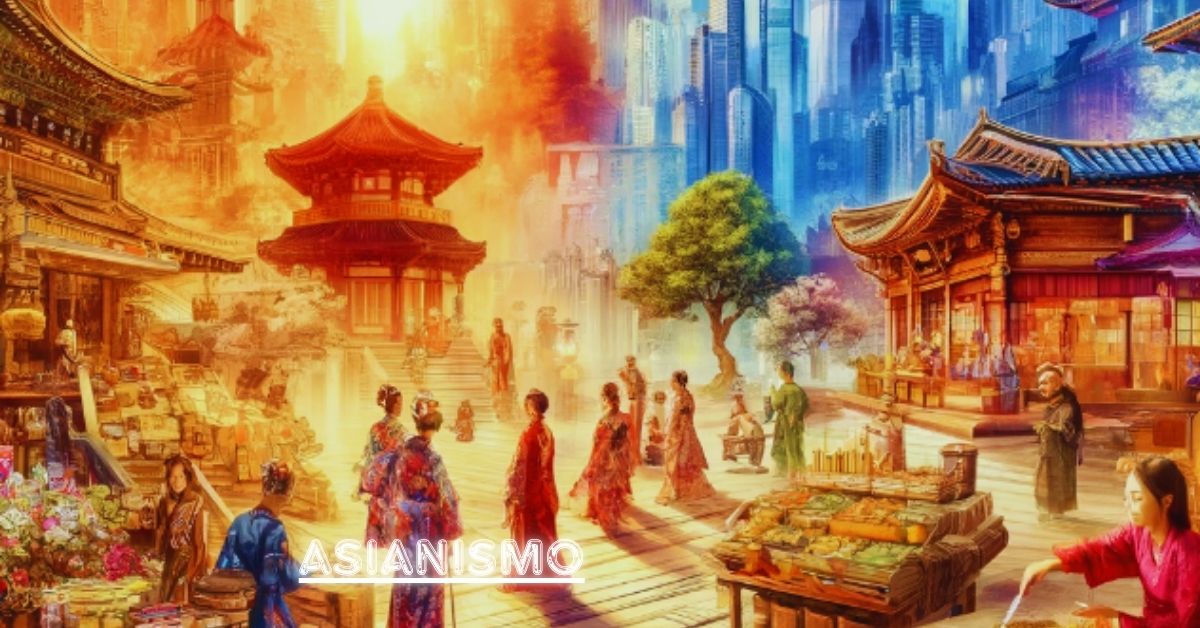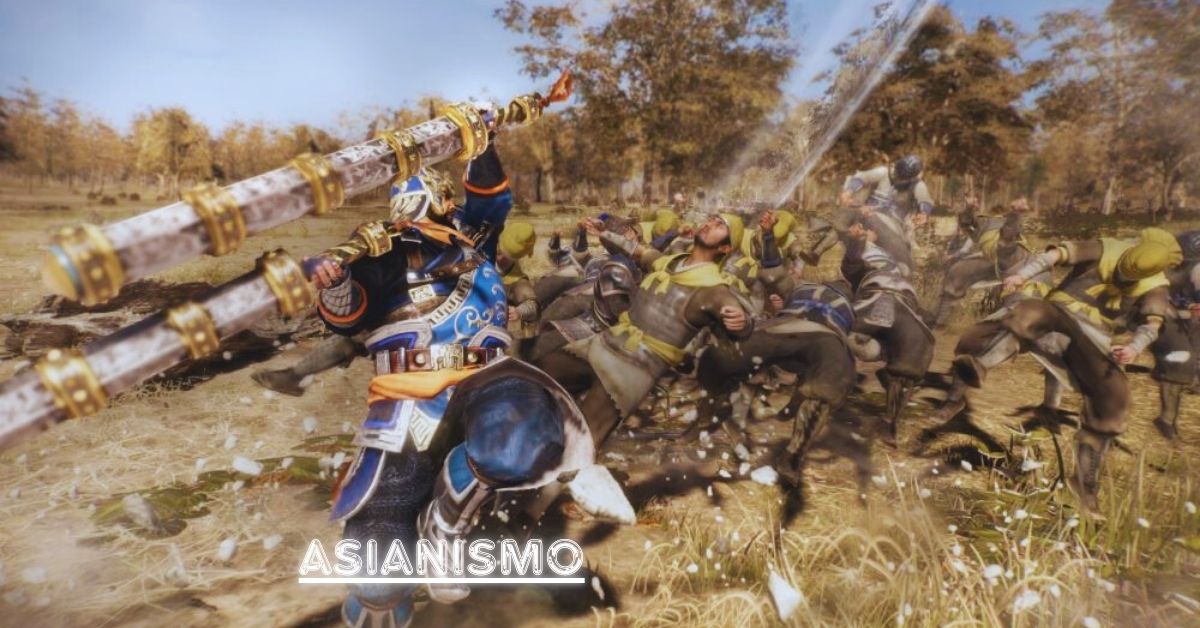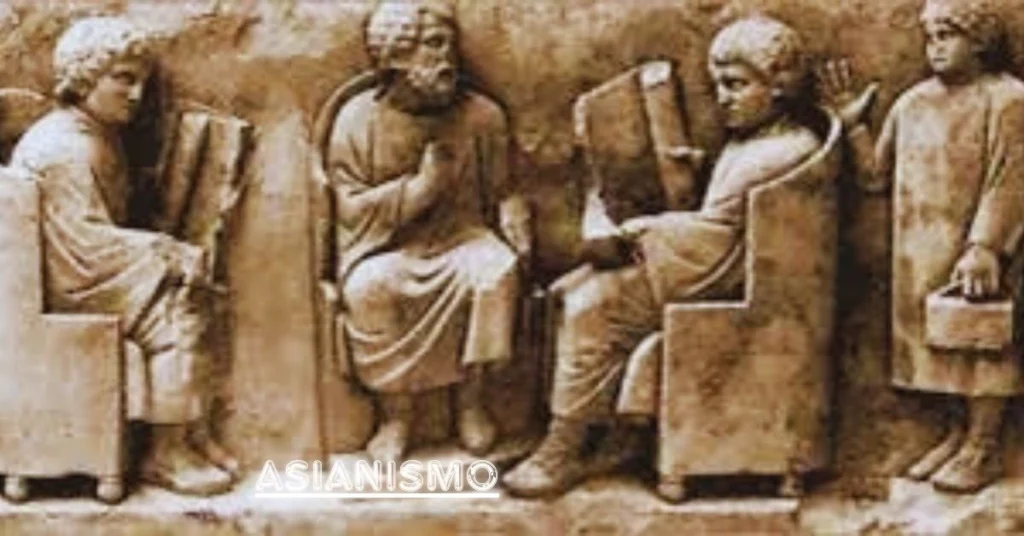Introduction
Asianismo, a term derived from the Spanish word “Asiático” (Asian) and the suffix “-ismo” (indicating a movement or ideology), refers to the concept of Asian identity, culture, and influence in a global context. This term encompasses a range of cultural, social, and political phenomena related to Asia and its diaspora. The concept of Asianismo is not only about celebrating Asian heritage but also about understanding the impact of Asian cultures on global affairs and vice versa. This article delves into the various dimensions of Asianismo, examining its historical roots, cultural manifestations, and contemporary significance.
Historical Roots of Asianismo
The historical roots of Asianismo can be traced back to the early interactions between Asia and other parts of the world. Trade routes like the Silk Road facilitated the exchange of goods, ideas, and cultures between Asia and Europe. These interactions laid the groundwork for a broader understanding and appreciation of Asian cultures. During the colonial era, European powers encountered Asian societies in various ways, influencing and being influenced by Asian traditions and practices. The historical context of Asianismo is crucial for understanding its modern implications.
Cultural Dimensions of Asianismo
Asianismo is deeply intertwined with the rich tapestry of Asian cultures. From the ancient philosophies of Confucianism and Buddhism to the diverse traditions of festivals and culinary practices, Asianismo encompasses a wide array of cultural expressions. Traditional art forms such as Chinese calligraphy, Japanese tea ceremonies, and Indian classical dance are integral to the cultural identity promoted by Asianismo. Additionally, modern Asian pop culture, including K-pop, anime, and Bollywood, has gained global recognition, further contributing to the influence of Asianismo.
Asianismo and Diaspora Communities
The Asian diaspora plays a significant role in the propagation of Asianismo. Migrant communities across the globe have maintained and adapted their cultural practices, contributing to a broader understanding of Asian identity. Asian diaspora communities often engage in cultural preservation, celebrating traditional festivals and practices while also integrating into their new environments. This dynamic interplay between maintaining cultural heritage and adapting to new contexts is a key aspect of Asianismo.
Asianismo in Art and Literature
Asianismo has a profound impact on art and literature, both within Asia and internationally. Asian artists and writers have explored themes of identity, tradition, and modernity through their work. The influence of Asian aesthetics is evident in various art movements and literary genres, from Japanese ukiyo-e prints to contemporary Asian-American literature. This cultural exchange has enriched global art and literature, highlighting the universal relevance of Asian perspectives.
Political and Social Dimensions of Asianismo
In the political and social spheres, It intersects with issues of representation, identity, and advocacy. The rise of Asian political figures and activists has brought attention to the unique challenges faced by Asian communities. Issues such as racial discrimination, immigration policies, and cultural representation are central to the discourse surrounding It . Understanding these social and political dimensions is crucial for addressing the needs and aspirations of Asian communities.
Asianismo in Global Popular Culture
The influence of It is increasingly visible in global popular culture. Asian music, film, and fashion have transcended regional boundaries, gaining international acclaim and shaping global trends. K-pop, with its global fan base, is a prominent example of how Asian culture has permeated mainstream media. Similarly, Asian cinema, including Bollywood and Chinese cinema, has garnered recognition on the global stage. The global appeal of Asian popular culture underscores the growing significance of Asianismo in contemporary society.
Challenges and Criticisms of Asianismo
Despite its positive aspects, It faces various challenges and criticisms. Issues of cultural appropriation, stereotypes, and exoticism are prevalent in discussions about Asian cultures. The commodification of Asian traditions and the superficial understanding of complex cultural practices can lead to misunderstandings and misrepresentations. Addressing these challenges requires a nuanced and respectful approach to cultural exchange and representation.
Asianismo and Technology
The intersection of It and technology is an emerging area of interest. Technological advancements in Asia, particularly in countries like China, Japan, and South Korea, have had a significant impact on global industries. The rise of tech giants and innovations in fields such as artificial intelligence and digital media reflect the growing influence of Asian technology. This technological prowess is an important aspect of It , shaping global trends and influencing various sectors.
The Future of Asianismo
Looking ahead, the future of It will likely be shaped by ongoing cultural, social, and political developments. As Asia continues to play a prominent role in global affairs, the concept of It will evolve to reflect new realities and challenges. The continued exchange of ideas, cultural practices, and technological advancements will contribute to the dynamic nature of It . Engaging with this evolving concept requires an open and inclusive approach to understanding Asian cultures and their global impact.
Conclusion
It represents a multifaceted and dynamic concept that encompasses the rich cultural heritage, global influence, and evolving identity of Asia. From its historical roots to its contemporary manifestations, It reflects the diverse and interconnected nature of global cultures. Understanding and appreciating It involves recognizing the contributions of Asian cultures to global society while also addressing the challenges and criticisms that arise. As we move forward, the concept of It will continue to shape and be shaped by the complex interplay of cultural, social, and technological forces.
Read More: Dzombz Trainer is a Game-Changer in Fitness






